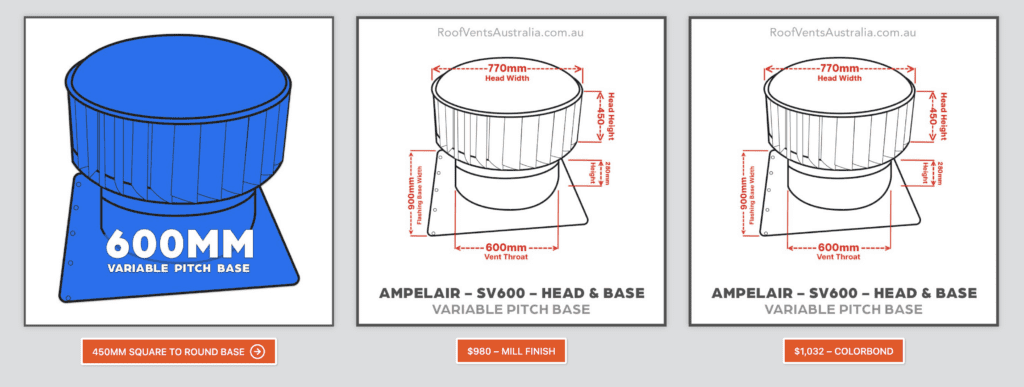Do Whirlybirds Let Rain In? How Do Whirlybirds Work?


Rain Heads Custom Made Shipped Free Australia Wide – Click Here >
Dambuster Rain Heads Shipped Free Australia Wide – Click Here >
Commercial Industrial Roof Vents 300mm-950mm – Click Here >
Eco-Friendly Roofing Insulation Shipped Free – Click Here >
Gutter Sumps Shipped Free Australia Wide – Click Here >
Introduction
Whirlybirds, also known as roof ventilators or turbine vents, are a common sight on residential and commercial roofs across many regions. They are primarily designed to aid in the ventilation of roof spaces. As with any roof installation, homeowners often question whether these devices might be an avenue for rain or other elements to get inside their homes. This article aims to shed light on how whirlybirds work and whether they let rain in.
How Do Whirlybirds Work?
At their core, whirlybirds operate based on the principle of convection. Here’s a step-by-step breakdown of their operation:
- Heat Accumulation: During the day, the sun heats up the roof and the air trapped in the attic or roof space. This heated air becomes less dense and tends to rise.
- Convection Current: As the hot air rises, a natural convection current is created. The warm air needs a way to escape, or else it can cause issues like heat build-up, increased energy bills, or decreased lifespan of roofing materials.
- Whirlybird Operation: The whirlybird capitalizes on this convection current. As the hot air rises, it moves toward the whirlybird. The design of the whirlybird allows it to spin when even the slightest breeze hits it. This spinning action creates a suction effect, drawing the hot air out of the attic and expelling it to the outside.
- Cooler Air Intake: As the hot air is removed, cooler outside air is drawn into the attic through other vents (like soffit or gable vents) to replace it, facilitating continuous air circulation.
Do Whirlybirds Let Rain In?
The simple answer is: under normal circumstances, no. The design and installation of quality whirlybirds take rain and other weather elements into account. Here’s why they generally don’t let rain in:
- Angled Blades: The blades or fins of the whirlybird are angled, directing rainwater outward and preventing it from entering the roof space.
- Rain Collar: Many models come with a protective collar or skirt around the base, designed to shed water away from the penetration point in the roof.
- Centrifugal Force: As the turbine spins, it creates centrifugal force that pushes raindrops to the outer edges and away from the central vent.
- Limited Openings: While the device does have openings to allow hot air to escape, these are designed to be restrictive enough to prevent significant amounts of rain from getting in, especially when combined with the above factors.
However, like any roofing component, the efficacy of a whirlybird can be compromised if it’s damaged or if it’s improperly installed. For example, if the base isn’t sealed correctly during installation, there could be potential for leaks. Regular inspections and maintenance can prevent these issues.
Conclusion
Whirlybirds are an efficient and cost-effective way to promote roof ventilation, ensuring that your home remains cool during hot days and that moisture doesn’t accumulate in your attic. While they are designed to prevent rain from entering, homeowners should ensure their units are in good repair and are correctly installed to maintain their effectiveness. If you have concerns about your whirlybird or roof ventilation in general, it’s always a good idea to consult with a roofing professional.
